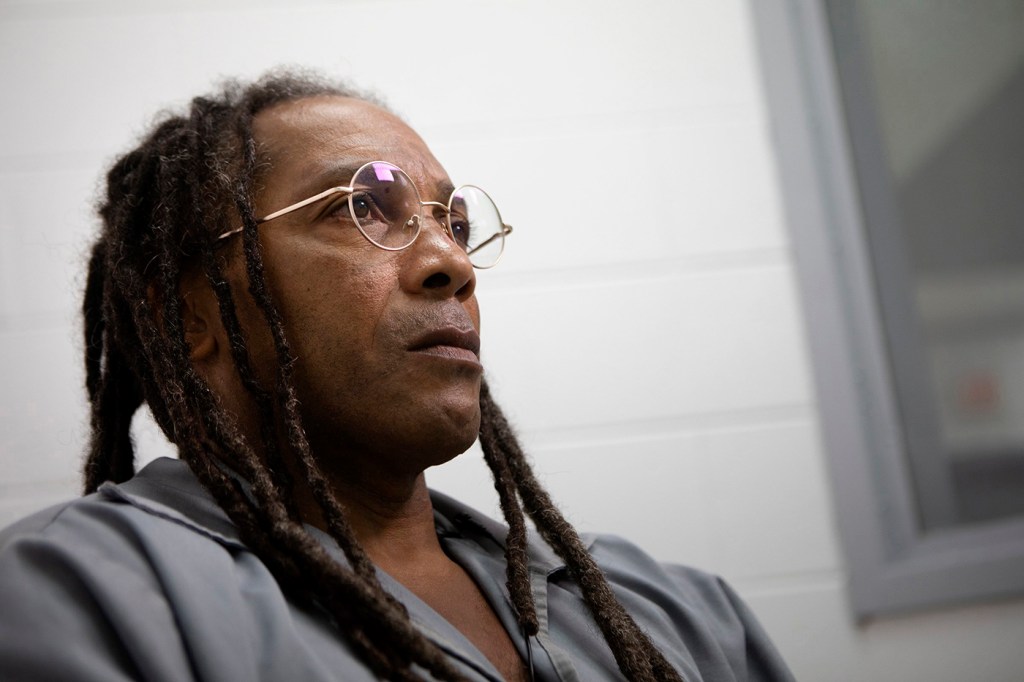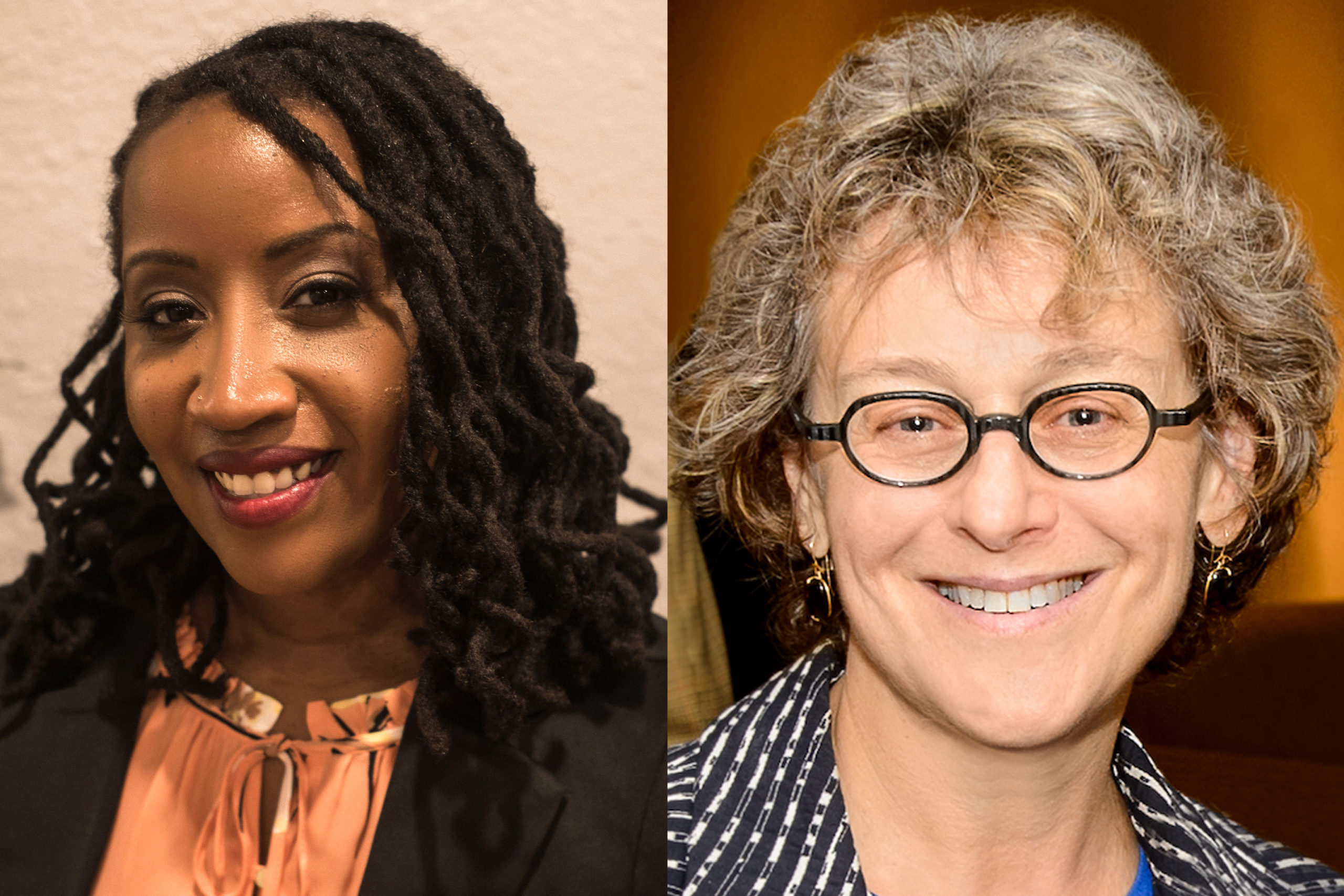What does justice look like for those exonerated after decades behind bars?

A recent string of high-profile exonerations, including those of Muhammad Aziz and Khalil Islam, two men wrongfully convicted in the 1966 killing of Malcolm X, has many asking the question: What is justice for people who have been failed by the criminal system?
Aziz, aged 83, and Islam, now deceased, spent a combined 42 years in prison and were exonerated in November. Days later, a Black Missouri man, Kevin Strickland, who spent 43 years behind bars for a triple murder he did not commit, was exonerated.
And not long after that came the exoneration of Anthony Broadwater, a Black man convicted in 1982 of raping acclaimed author Alice Sebold, who is white. Broadwater spent more than 16 years in prison, and another 23 years as a registered sex offender.
In all three cases, the people who were falsely convicted were men of color. While the cluster of exonerations represents an important step in acknowledging the deep systemic failures that led to the men’s wrongful convictions, they do not go far enough in providing redress and closure, says Ashley Adams, assistant adjunct professor of public policy at Mills College.
“That is the part of it that is really disheartening,” Adams, whose work explores African American reparations, says. Northeastern announced a merger with the college earlier this year that will establish Mills College at Northeastern University in July 2022.

Left to right: Ashley Adams, assistant adjunct professor of public policy at Mills College, and Rose Zoltek-Jick, associate teaching professor and associate director of the Civil Rights and Restorative Justice Project at Northeastern University. Courtesy photos
Redress and closure are two of the three pillars in one approach to Black reparations that Adams says could help frame the discussion about what justice might look like in such cases. Not only have the lives of these men, and their families, been significantly impacted by the injustices, but—in the cases of Aziz and Islam—so, too, has our collective understanding of history, Adams says.
“There needs to be some form of restitution or payment, as well as closure—closure meaning, it will not happen again because the conditions that let the thing happen in the first place have been dealt with and dismantled,” Adams says. “So it’s also a change in culture that needs to happen.”
Now the conversation has focused on what post-exoneration justice looks like. Strickland hasn’t received any help, financial or otherwise, from the state of Missouri. But an online fundraising campaign raised more than $1 million to help him acclimate to life outside of prison. More than 20,000 donors contributed to the effort. In the case of Broadwater, Sebold has come under pressure to acknowledge the role she may have played in perpetuating an unjust system—even after issuing a public apology on the matter.
In the case of Aziz and Islam, the question is similarly whether justice is even possible, given how much time has passed, says Rose Zoltek-Jick, associate teaching professor and associate director of the Civil Rights and Restorative Justice Project at Northeastern. Spending more than a decade in prison and being branded the killers of a civil rights icon upon release has led to years of insecurity, stress, and shame, Zoltek-Jick says.
While Aziz, who appeared alongside his attorneys in the Nov. 18 exoneration hearing in a New York City courtroom, lived to see his name cleared, Islam did not, a fact that makes talk of justice ever more painful and complicated.
“There are civil rights lawsuits that can be filed against the city,” Zoltek-Jick says. “But then it’s the taxpayers who bear the costs for those previous generations of injustices.”
Zoltek-Jick says there are numerous state and federal prosecutorial offices creating internal investigative units to “re-examine the actions of the prosecutors of an earlier generation.”
“And they’re doing that with an eye for injustices, to explore racial bias and prosecutorial animus,” she says. “The DA’s office reaching back and re-examining the case is an important step that’s happening across the country.”
Zoltek-Jick says the conjunction of political forces and pressures, including often a “pressure to convict,” characterizes many of these wrongful conviction cases. The Federal Bureau of Investigation and the New York City Police Department hid key evidence that would have cast doubt on Aziz’s and Islam’s guilt. Those actions are now understood as part of a shared agenda that sought to undermine the civil rights movement, a movement that then-FBI director J. Edgar Hoover saw as a threat to national interests.
During the exoneration hearing, Manhattan District Attorney Cy Vance said the move to overturn the pair’s convictions was based on “newly discovered evidence” and “the failure to disclose exculpatory evidence.” For decades, legal experts and historians have cast doubt on the men’s guilt, citing concerns about the sheer lack of evidence presented in the case against them, including statements from confessed killer Mujahid Halim, also convicted of murdering Malcolm X, affirming the mens’ innocence.
“In a case that rested entirely on eyewitness testimony, every single eyewitness that testified in the trial has died,” he said. “All of the physical evidence, including the shotgun used in the murder, was gone.”
What happened in all three cases—in Aziz and Islam’s, Broadwater’s, and Strickland’s—amount to travesties of justice, Zoltek-Jick says. But she adds: “It’s never too late to tell the truth.”
“[Aziz and Islam’s] exoneration[s] change the story for history,” she says. “It’s incredibly important that the truth be properly told.”
For media inquiries, please contact media@northeastern.edu.






